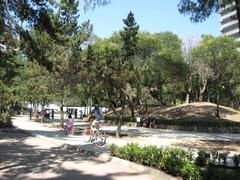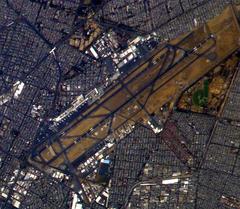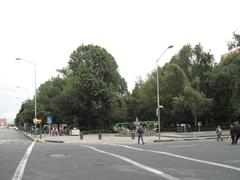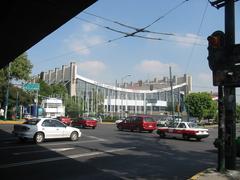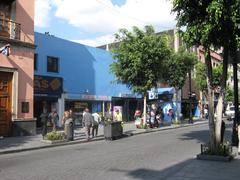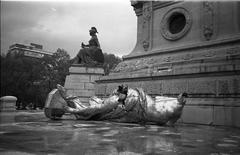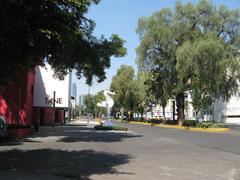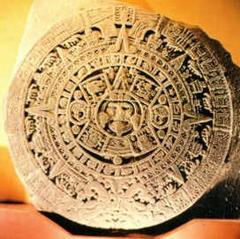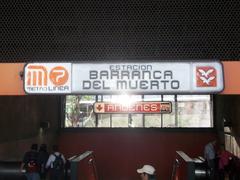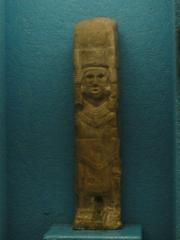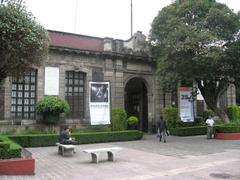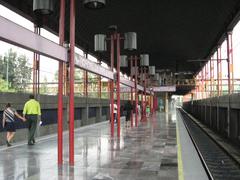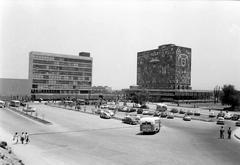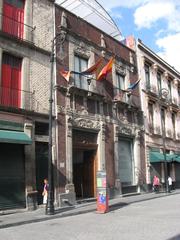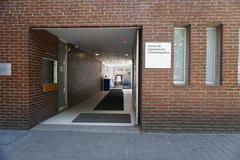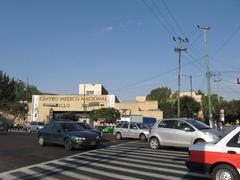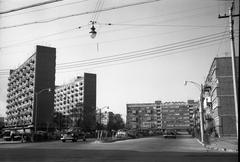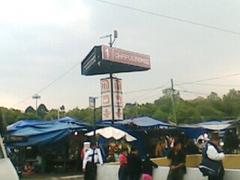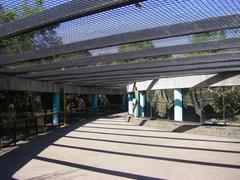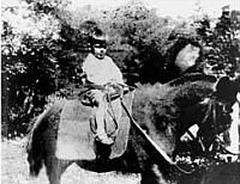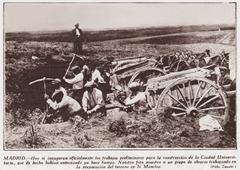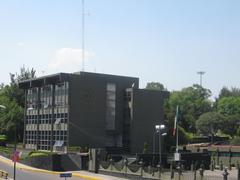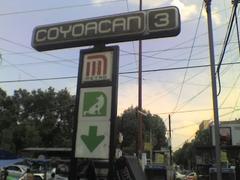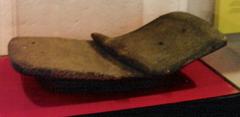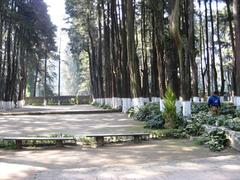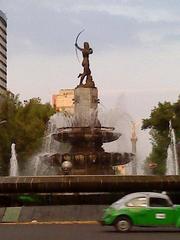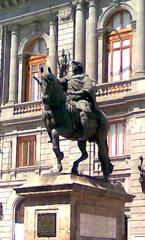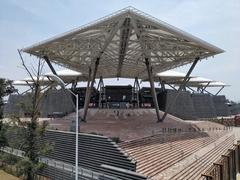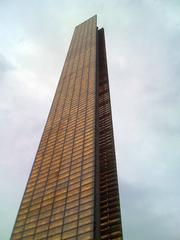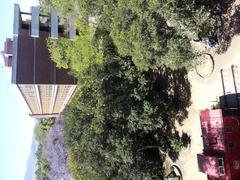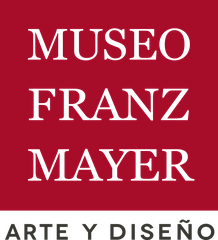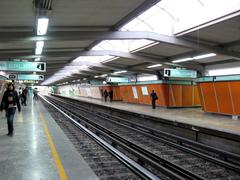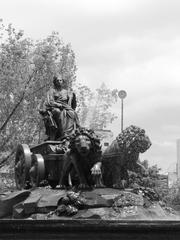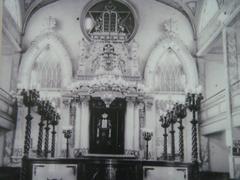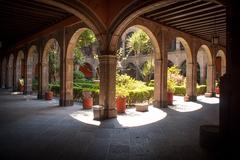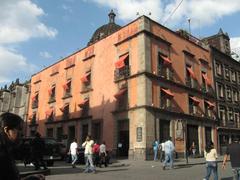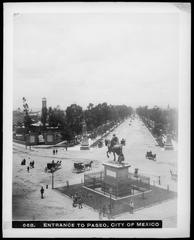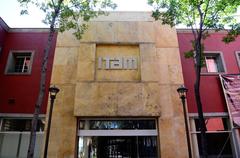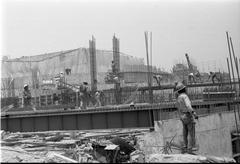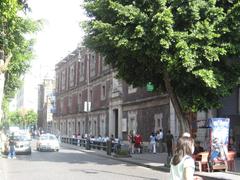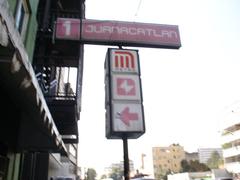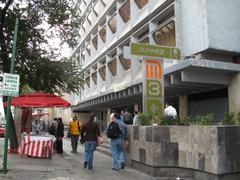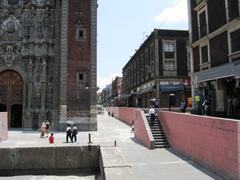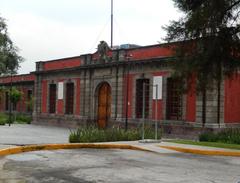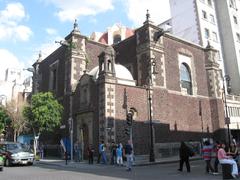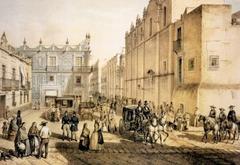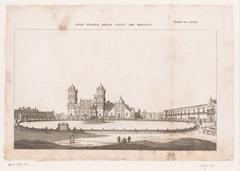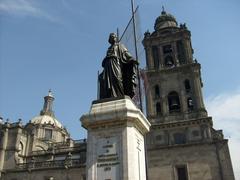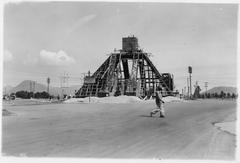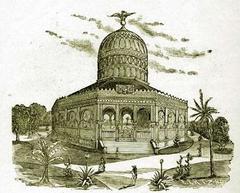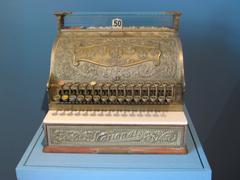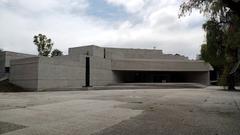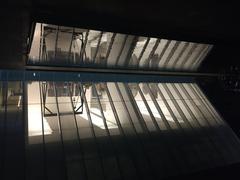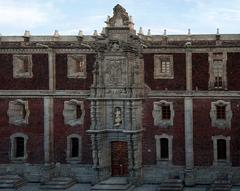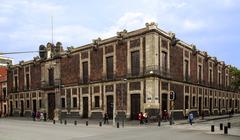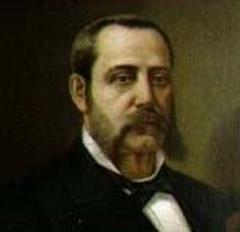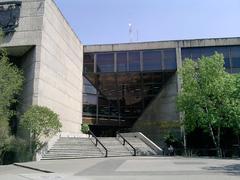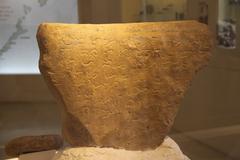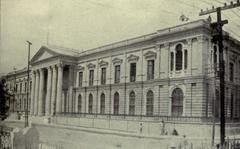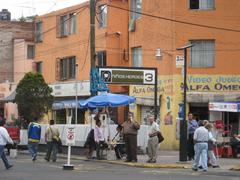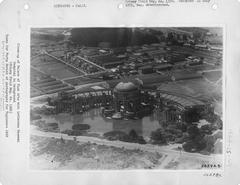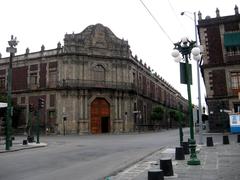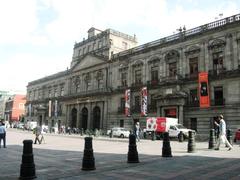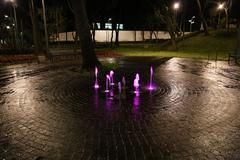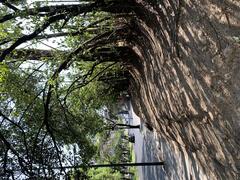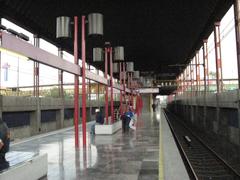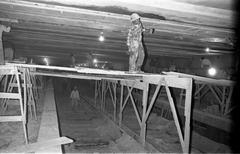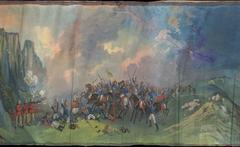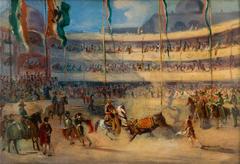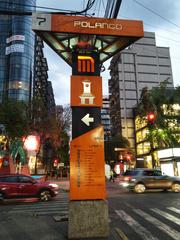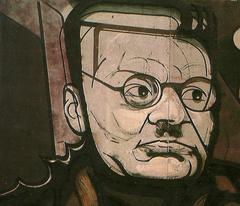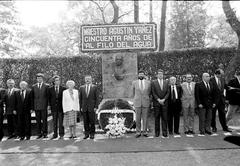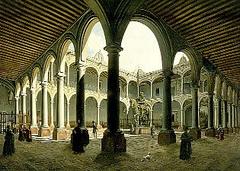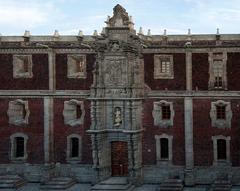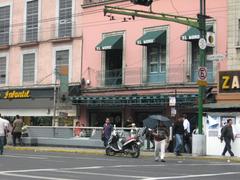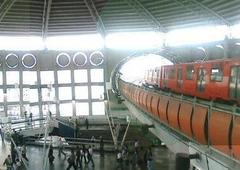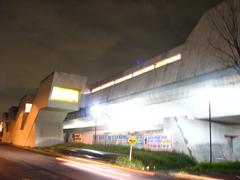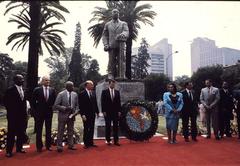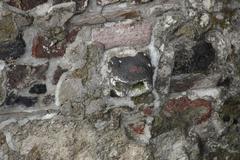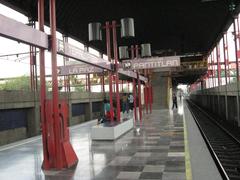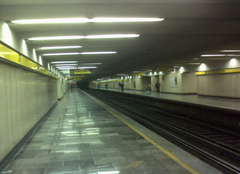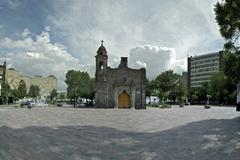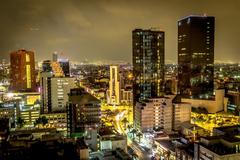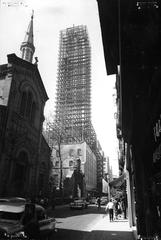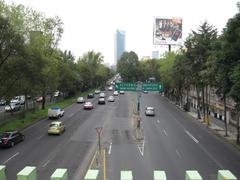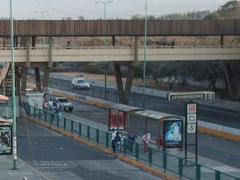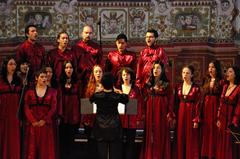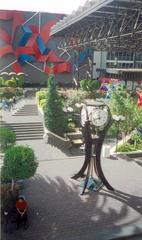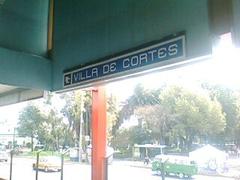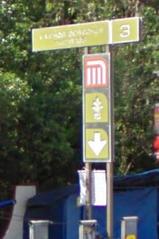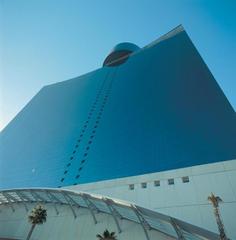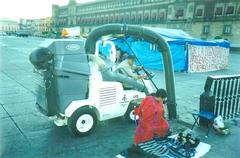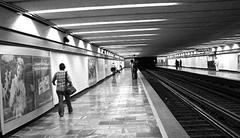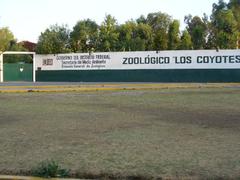Comprehensive Guide to Visiting Parque Nacional El Tepeyac, Mexico City, Mexico
Date: 18/07/2024
Introduction
Parque Nacional El Tepeyac, nestled in Mexico City, is a destination teeming with historical, cultural, and natural splendor. Renowned for its association with the Virgin of Guadalupe, this significant pilgrimage site draws millions annually. Its roots trace back to the pre-Columbian era when the Mexica people revered the hill of Tepeyac as a sacred site dedicated to the goddess Tonantzin (INAH). With the arrival of the Spanish in the 16th century, the site’s religious landscape transformed dramatically following the apparition of the Virgin Mary to Juan Diego in 1531, leading to the establishment of the Basilica of Our Lady of Guadalupe (Catholic News Agency). Over centuries, the park evolved to symbolize Mexican identity and resilience, particularly during the Mexican War of Independence (Smithsonian Magazine). Officially declared a national park in 1937, Parque Nacional El Tepeyac today stands as a protected area preserving its rich heritage while offering a serene green space in Mexico City’s bustling metropolis (CONANP). This guide provides a comprehensive overview of the park’s history, visitor information, nearby attractions, and more, ensuring a well-rounded and enriching visit.
Table of Contents
- Introduction
- History of Parque Nacional El Tepeyac
- Visitor Information
- Nearby Attractions
- Accessibility
- Cultural Significance
- Preservation Efforts
- FAQ
- Conclusion
History of Parque Nacional El Tepeyac
Pre-Columbian Era
Parque Nacional El Tepeyac, located in Mexico City, is steeped in rich history that dates back to the pre-Columbian era. Originally inhabited by the Mexica people, the hill of Tepeyac was a sacred site dedicated to the goddess Tonantzin. The Mexica built a temple on the hill to honor her, which became a significant pilgrimage site (INAH).
Spanish Conquest and Religious Transformation
The arrival of the Spanish in the early 16th century marked a significant transformation for Tepeyac. In 1531, according to Catholic tradition, the Virgin Mary appeared to an indigenous man named Juan Diego on the hill of Tepeyac. This apparition, known as Our Lady of Guadalupe, led to the construction of a small chapel on the site where the vision occurred. This event played a crucial role in the spread of Christianity among the indigenous population (Catholic News Agency).
Colonial Period
During the colonial period, the site grew in religious significance. The original chapel was replaced by a larger basilica in 1709 to accommodate the increasing number of pilgrims. The Basilica of Our Lady of Guadalupe became one of the most important religious sites in Mexico, attracting millions annually. Devotion to Our Lady of Guadalupe also became a symbol of Mexican identity and resistance against colonial rule (Basilica of Guadalupe).
19th Century - Nationalism and Independence
In the 19th century, the site of Tepeyac played a role in burgeoning Mexican nationalism. Leaders of the Mexican War of Independence, such as Miguel Hidalgo, used the image of Our Lady of Guadalupe to rally support against Spanish rule. The Virgin of Guadalupe became a unifying symbol for the Mexican people, representing both religious faith and national identity (Smithsonian Magazine).
20th Century - Establishment of the National Park
The early 20th century saw the formal establishment of Parque Nacional El Tepeyac. In 1937, President Lázaro Cárdenas declared the area a national park to preserve its historical and cultural significance. The park encompasses the hill of Tepeyac and the surrounding areas, providing a protected space for both religious and recreational activities. This establishment aimed to protect the natural environment and promote tourism (CONANP).
Modern Developments
In recent decades, Parque Nacional El Tepeyac has continued to evolve. The old basilica, which had suffered structural damage, was replaced by a new basilica in 1976. The new Basilica of Our Lady of Guadalupe is a modern architectural marvel designed to accommodate up to 10,000 worshippers. It remains one of the most visited religious sites in the world, drawing millions of pilgrims annually, especially on December 12th, the feast day of Our Lady of Guadalupe (Basilica of Guadalupe).
Visitor Information
Visiting Hours
Parque Nacional El Tepeyac is open daily from 6:00 AM to 9:00 PM. The Basilica of Our Lady of Guadalupe has visiting hours typically from 6:00 AM to 8:00 PM.
Ticket Prices
Entry to Parque Nacional El Tepeyac is free. However, certain areas or events within the park may require a fee. Check the official website for the most up-to-date information.
Travel Tips
- Best Time to Visit: The park is busiest on weekends and religious holidays, especially December 12th. For a quieter experience, visit during weekdays.
- What to Wear: Comfortable walking shoes are recommended. If you plan to enter religious sites, modest attire is advisable.
- Facilities: The park has restrooms, food vendors, and souvenir shops.
Nearby Attractions
While visiting Parque Nacional El Tepeyac, explore other historical sites in Mexico City:
- Templo Mayor: An ancient Aztec temple complex.
- Chapultepec Castle: A historic castle with museums and gardens.
- Plaza Garibaldi: Famous for its mariachi music.
Accessibility
Parque Nacional El Tepeyac is relatively accessible for people with disabilities. The new basilica has ramps and designated areas for wheelchair users. However, some parts of the park, especially hilly areas, may be challenging to navigate.
Cultural Significance
The cultural significance of Parque Nacional El Tepeyac extends beyond its religious importance. The site is a testament to the blending of indigenous and Spanish cultures, symbolized by the veneration of Our Lady of Guadalupe. The park also serves as a green space in the bustling metropolis of Mexico City, offering a place for reflection, recreation, and connection with nature. The annual pilgrimage to the basilica is a major cultural event, showcasing traditional music, dance, and religious rituals (Mexico Desconocido).
Preservation Efforts
Efforts to preserve the historical and cultural heritage of Parque Nacional El Tepeyac are ongoing. The Mexican government, along with various religious and cultural organizations, works to maintain the site and promote its significance. Conservation projects aim to protect the natural environment of the park, while educational programs highlight its historical and cultural importance. These efforts ensure that Parque Nacional El Tepeyac remains a vital part of Mexico’s heritage for future generations (CONANP).
FAQ
What are the visiting hours for Parque Nacional El Tepeyac? The park is open daily from 6:00 AM to 9:00 PM.
How much does it cost to enter Parque Nacional El Tepeyac? Entry to the park is free, though specific areas or events may require a fee.
Is Parque Nacional El Tepeyac accessible for people with disabilities? The park is relatively accessible, with ramps and designated areas in the new basilica, though some hilly areas may be challenging.
What nearby attractions can I visit? Nearby attractions include Templo Mayor, Chapultepec Castle, and Plaza Garibaldi.
Conclusion
Parque Nacional El Tepeyac is a site of immense historical and cultural significance. From its pre-Columbian roots to its role in the spread of Christianity and Mexican nationalism, the park embodies the rich and complex history of Mexico. Today, it continues to be a place of pilgrimage, reflection, and cultural celebration, preserving the legacy of its past while looking towards the future. If you plan to visit, make sure to check the visiting hours, consider exploring nearby attractions, and take part in the cultural events that make this site unique.
